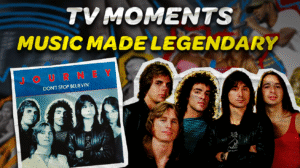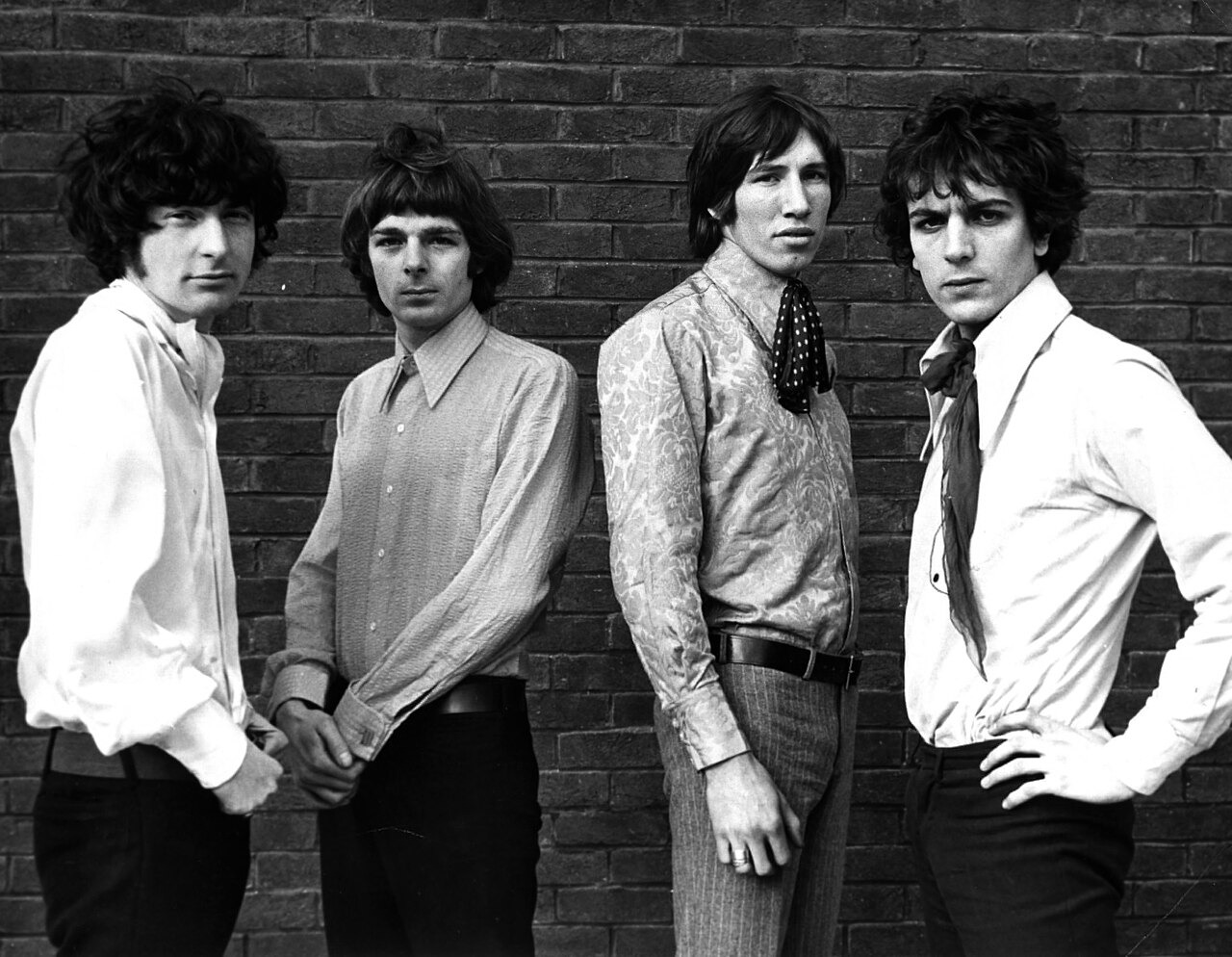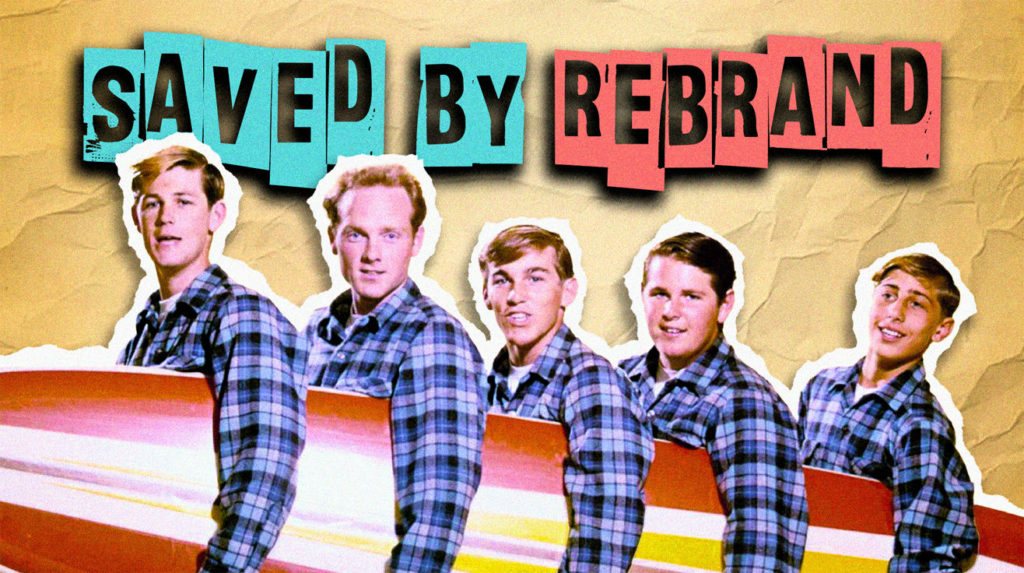
Pinpointing the moment when a band transcends from obscurity to icon status often comes down to smart branding decisions. While talent remains essential, the right name can launch careers into the stratosphere. These bands understood that sometimes, reinvention is necessary for revolution.
From avoiding legal troubles to shedding problematic connotations, these name changes didn’t just alter a few letters—they transformed music history and redefined genres. Because let’s face it: calling yourself “The Grateful Dead” just hits differently than “The Warlocks” when you’re trying to sell tie-dye and existential exploration.
10. The Pendletones to The Beach Boys

The Pendletones’ transformation into The Beach Boys perfectly aligned with California’s emerging surf culture phenomenon. Trading flannel shirts for matching beach attire, these Hawthorne natives crafted clean vocal harmonies that captured the carefree spirit of coastal living. Their rebranding catalyzed an unprecedented cultural impact, turning them into American pop music icons.
The Beach Boys’ signature four-part harmonies and innovative wall of sound production techniques were developed with this new identity. Brian Wilson’s revolutionary use of the studio as an instrument—layering vocals through bouncing tracks between recorders to create depth—would never have happened if they’d stuck with a name that sounded like a discount sweater brand.
9. The Golliwogs to Creedence Clearwater Revival
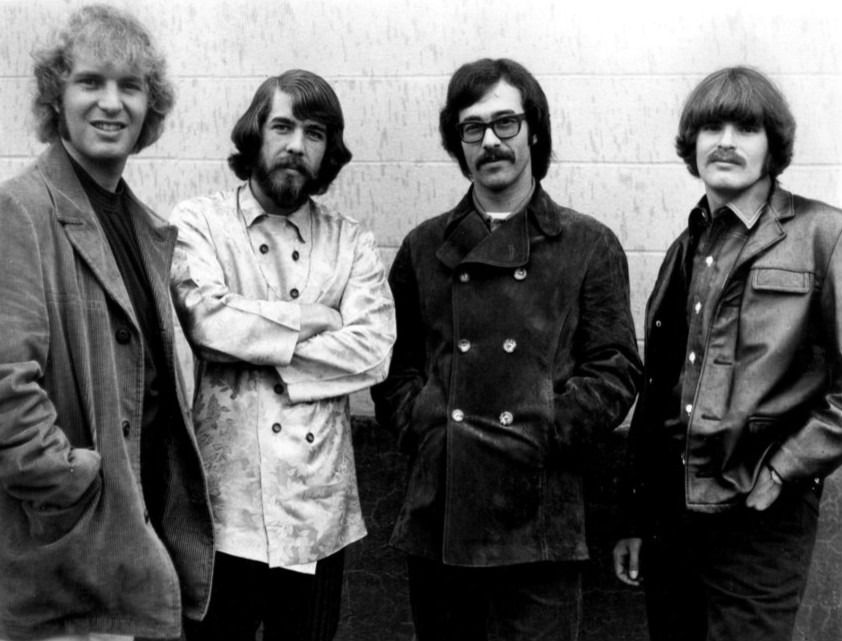
Smart rebranding can distance a band from problematic beginnings. The Golliwogs, plagued by a name with negative racial connotations, made the crucial decision to reinvent themselves. Emerging as Creedence Clearwater Revival, they embraced a swampy, roots-oriented sound that perfectly matched their new identity.
Their transformation introduced John Fogerty’s distinctive vocal rasp and Telecaster twang that defined their signature sound. CCR’s stripped-down production approach—recording live with minimal overdubs on their analog 8-track setup—created an authenticity that flew in the face of psychedelic excess. Talk about a rebrand that worked: from offensive dolls to American classics faster than you can say “chooglin’.”
8. The Ivys to Badfinger
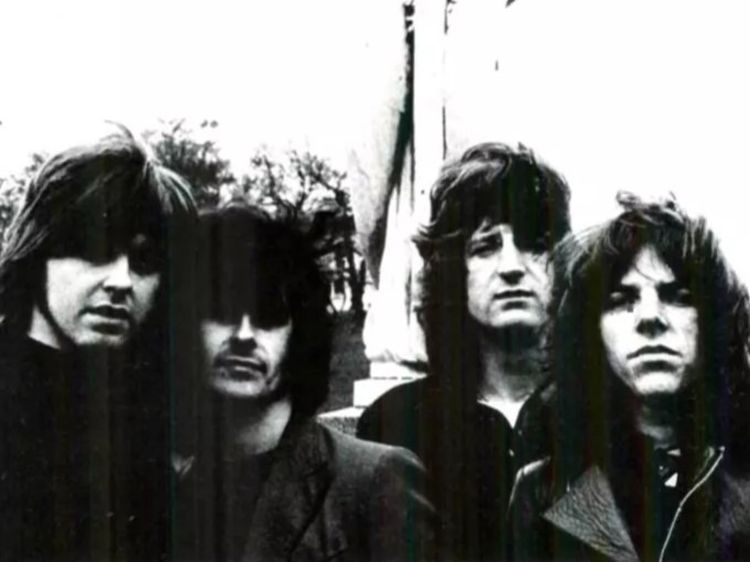
Record label support can transform a band’s trajectory overnight. When the Beatles’ Apple Records signed The Ivys, they offered more than a contract—they provided a fresh identity as Badfinger. This strategic partnership gave the band marketing muscle and industry connections that propelled them forward.
Badfinger’s melodic rock showcased McCartney-esque basslines and Harrison-influenced guitar voicings, helping define the power-pop genre. While many bands with legendary debut albums struggle to evolve, Badfinger continued developing their signature four-part vocal arrangements on tracks like “No Matter What” created a template for bands from Cheap Trick to Fountains of Wayne.
Imagine being so good that The Beatles essentially adopt your band, and still ending up as rock history’s most tragic cautionary tale about music industry contracts.
7. The Warlocks to The Grateful Dead
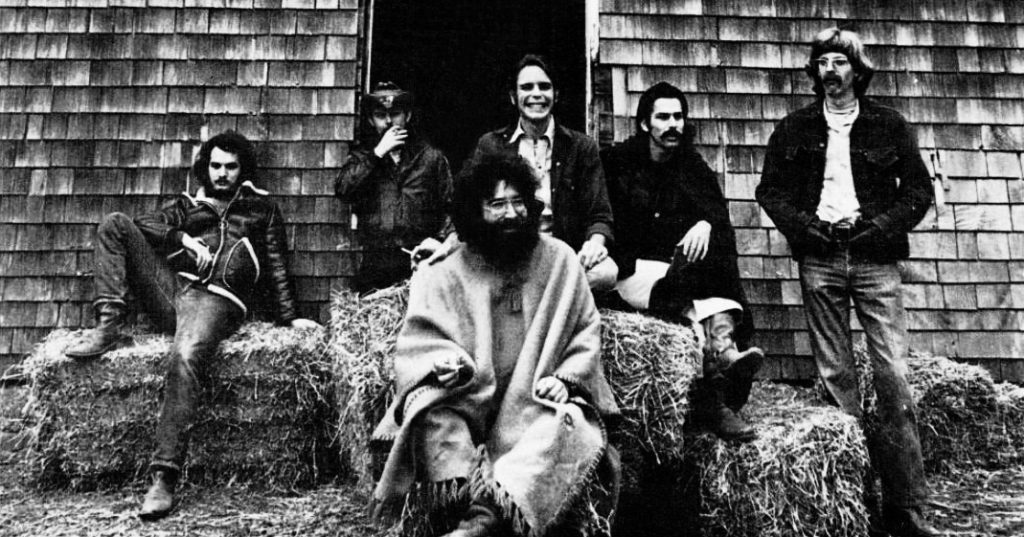
Some name changes perfectly capture an emerging cultural movement. The Warlocks became The Grateful Dead after discovering another band already used their name—a fortunate coincidence that aligned with their experimental approach to music. The new name, reportedly found in a dictionary, resonated with their psychedelic identity.
The Dead pioneered modal improvisation techniques that broke from standard blues-based jamming, using unusual scales and open-ended song structures. Their pioneering use of two drummers playing complementary patterns created polyrhythmic possibilities that expanded rock’s vocabulary. They weren’t just a band but a sociological experiment with guitars—the only group whose fans’ fashion choices could be spotted from the International Space Station.
6. The High Numbers to The Who
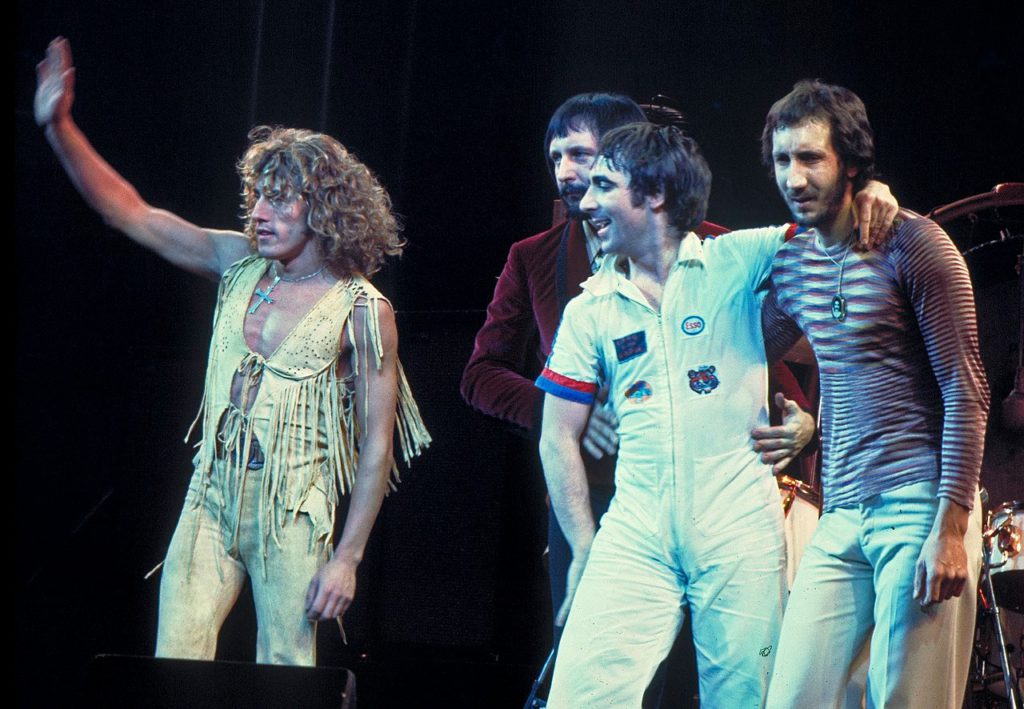
Image transformation often requires more than musical talent. The High Numbers struggled to stand out despite their abilities, prompting a crucial rebrand as The Who. This name change aligned with their sharper, louder, rebellious image and powerful stage presence that included guitar-smashing performances.
The transition coincided with Townshend’s revolutionary power chord technique—playing the root and fifth with heavy distortion—creating their instantly recognizable sonic signature. Their innovative use of feedback as a musical element rather than an unwanted noise, transformed rock possibilities. In an era when bands were trying to sound pretty, The Who decided that destroying instruments on stage was a better career move than being called “The High Numbers”—and rock was never the same.
5. The Small Faces to Faces
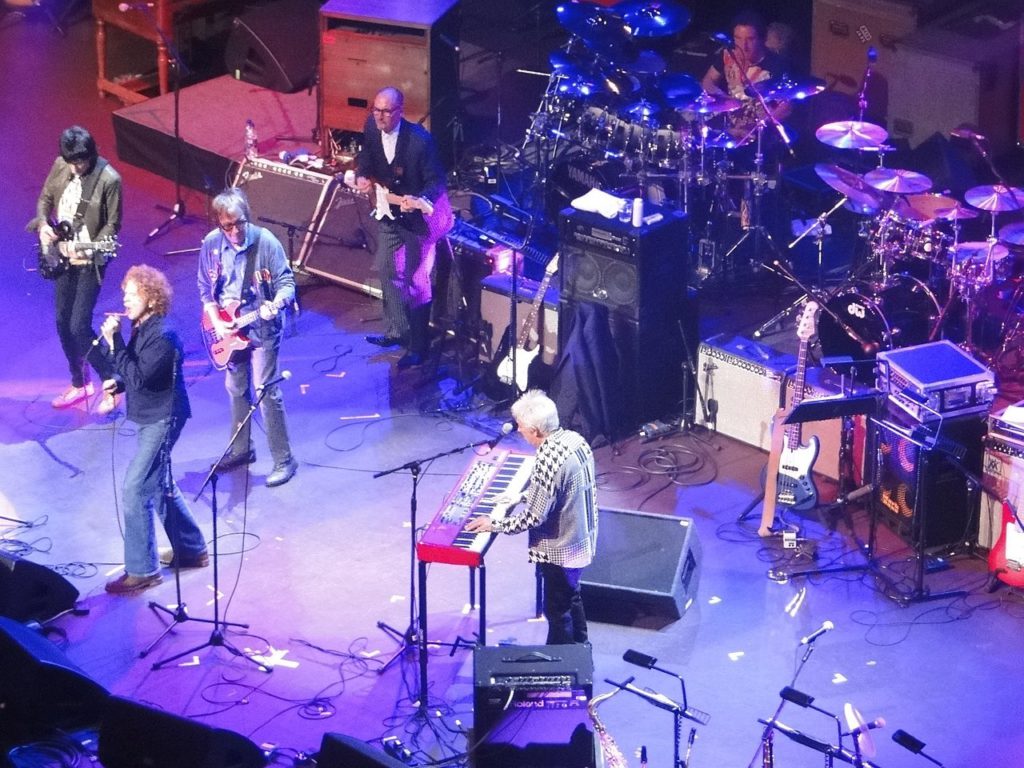
Lineup changes often necessitate reinvention. When Steve Marriott departed and Rod Stewart joined, The Small Faces simplified to Faces, signaling a departure from their earlier sound. This transition reflected their evolution from mod pop to a rougher, bluesy rock sound with raw energy.
The transformation brought Rod Stewart’s distinctive raspy vocal timbre and Ronnie Wood’s slide guitar techniques to the forefront. Their production shifted from polished pop to a looser, room-sound approach that captured their live energy. Faces essentially became the rock equivalent of your friend group after graduation—same core people, but swap out the studious one for the guy who brings tequila to breakfast, and suddenly everyone’s sleeping until noon.
4. The New Yardbirds to Led Zeppelin

Some rebrands completely redefine music itself. After The Yardbirds dissolved, Jimmy Page formed The New Yardbirds before quickly transforming into Led Zeppelin. The name, suggested by Keith Moon, evoked the power and weight that perfectly matched their revolutionary sound.
Led Zeppelin’s sonic identity was built on Jimmy Page’s innovative guitar tunings and John Bonham’s thunderous drum techniques using timpani mallets on standard kits. Their recording approach, using specific microphone distance placement at Headley Grange, created their massive acoustic signature. Who’d have thought Keith Moon’s joke prediction that they’d “go down like a lead balloon” would inspire rock’s most successful rebranding? The lesson: always listen when your competitors accidentally give you million-dollar marketing advice.
3. The Hawks to The Band
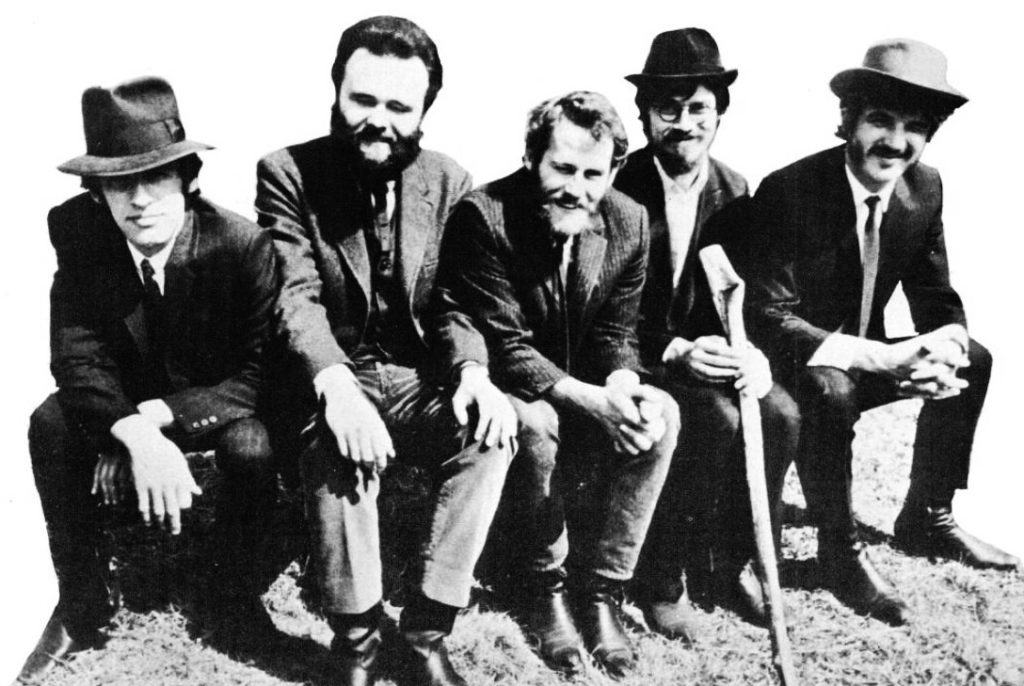
Sometimes simplicity makes the strongest statement. After backing Ronnie Hawkins as The Hawks, this group of virtuoso musicians needed their own identity. Their decision to become simply “The Band” reflected their authentic, roots-oriented approach that contrasted with the psychedelic excess of their contemporaries.
The Band’s distinctive sound came from Garth Hudson’s Lowrey organ techniques and Levon Helm’s Southern-inflected vocal delivery that gave their music regional authenticity. Their multi-instrumental approach with frequent instrumental swapping during recording sessions created textural variety. They essentially named themselves the musical equivalent of “the restaurant” or “the store”—yet somehow created such a distinctive identity that no one ever thought, “Which band are you talking about?”
2. Jefferson Airplane to Jefferson Starship

Evolving with changing musical trends requires strategic reinvention. Jefferson Airplane, pioneers of psychedelic rock in the 1960s, transformed into Jefferson Starship in 1974 to adapt to new sounds. This evolution brought slicker production and more mainstream appeal while maintaining a connection to their original identity.
The transition featured a shift from Grace Slick’s acid-rock vocal approach to a more controlled delivery, alongside the introduction of synthesizer textures that replaced their earlier folk instrumentation. The greatest irony? Their commercial peak came with “We Built This City”—a song that simultaneously became their biggest hit and is regularly voted among the worst songs of the ’80s. The evolution from counterculture icons to corporate rock exemplifies the double-edged sword of commercial transformation.
1. Chicago Transit Authority to Chicago
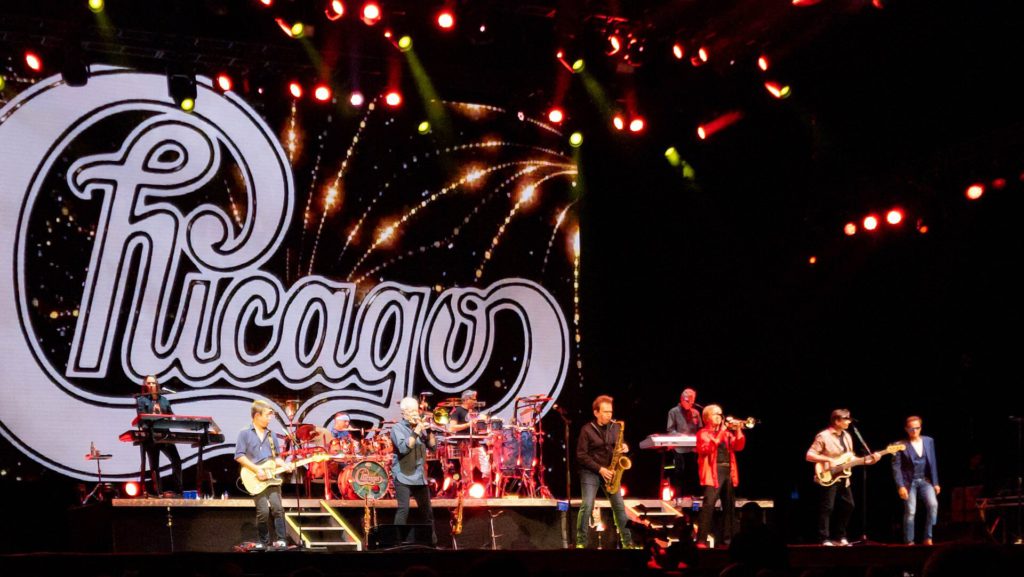
Brand simplification often leads to greater recognition. Initially called the Chicago Transit Authority, the band faced legal threats from the actual transit agency. Their decision to streamline to “Chicago” created a cleaner, more iconic identity that matched their sophisticated jazz-rock fusion sound.
Chicago’s distinctive sound hinged on their horn section arrangements using three-part harmonies between trumpet, trombone, and saxophone. Their innovative use of brass as lead instruments rather than background elements distinguished them from one-hit wonder bands of their era. Only in the music industry could getting a cease-and-desist letter from a transportation department lead to selling over 100 million albums—proof that sometimes your lawyers give the best marketing advice.




